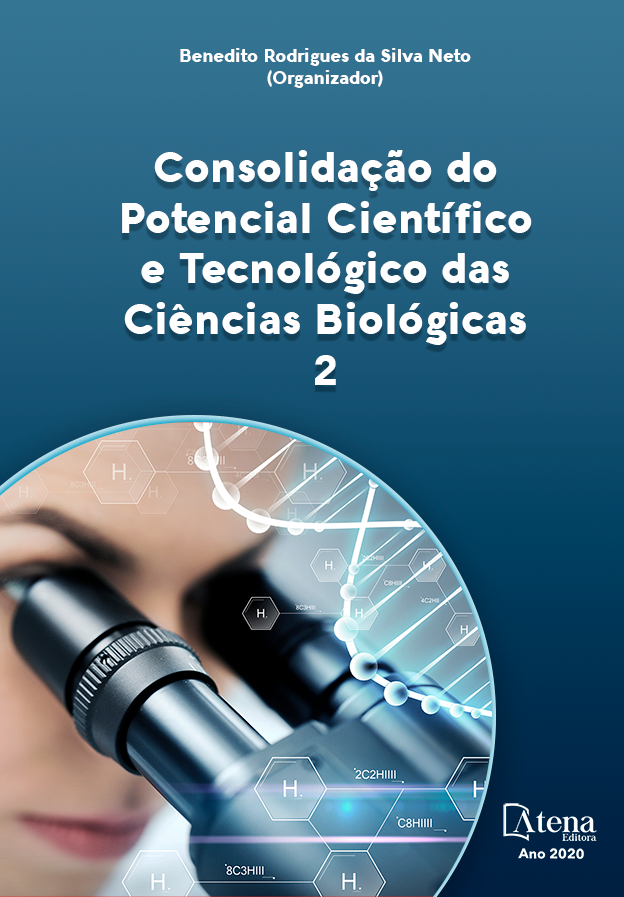
PROSPECÇÃO TECNOLÓGICA DA ECHINODORUS GRANDIFLORUS (CHAPÉU-DE-COURO)
Estudos mundiais sobre a eficácia e o valor das plantas medicinais estão se acelerando, especialmente em países contendo uma biodiversidade expansiva com longa história na medicina tradicional. No Brasil, a espécie Echinodorus grandiflorus, comumente conhecida como “chapéu-de-couro”, possui várias indicações etnobotânicas com as propriedades mais frequentemente atribuídas sendo anti-hipertensivo, anti-inflamatório, diurético e antioxidante. O objetivo do estudo foi realizar um breve resumo sobre o uso tradicional e científico da E. grandiflorus e realizar um levantamento tecnológico a fim de identificar possíveis patentes relacionadas ao uso da E. grandiflorus em produtos voltados para a saúde humana. Foi realizado busca de patentes depositadas nas bases de dados EPO, INPI e LATIPAT, utilizando como palavras-chave o nome científico da espécie “Echinodorus grandiflorus” e o nome popular “chapéu-de-couro”, incluindo neste estudo as patentes que mencionassem essas palavras-chave no título e/ou resumo, considerando todos os pedidos de patente depositados. Na busca de patentes nos três bancos de dados foi encontrado um total de 22 patentes. Após a análise dos critérios de exclusão foram selecionados 8 patentes que atendiam ao objetivo deste estudo. Observa-se que existe um espaçamento temporal nos depósitos de patentes além do número reduzido nos pedidos de patentes. Apesar de todas as indicações tradicionais, a literatura de pesquisa científica apoia principalmente duas indicações etnobotânicas para seu uso: como um anti-inflamatório natural e uma planta medicinal diurética / anti-hipertensiva. As evidências científicas para essas indicações vêm de experimentos realizados com modelos de cultura de células in vitro e in vivo usando ratos saudáveis e hipertensos O extrato bruto e as frações enriquecidas desta espécie têm potencial para gerar inovação na preparação de formulações tópicas ou orais para uso de alternativa complementar em diversas doenças crônicas.
PROSPECÇÃO TECNOLÓGICA DA ECHINODORUS GRANDIFLORUS (CHAPÉU-DE-COURO)
-
DOI: 10.22533/at.ed.49220021216
-
Palavras-chave: biodiversidade, inovação, fitoterápicos, produtos naturais
-
Keywords: biodiversity, innovation, herbal medicines, natural products
-
Abstract:
Worldwide studies on the effectiveness and value of medicinal plants are accelerating, especially in countries containing an expansive biodiversity with a long history in traditional medicine. In Brazil, the species Echinodorus grandiflorus, commonly known as "leather hat", has several ethnobotanical indications with the properties most often attributed to being antihypertensive, anti-inflammatory, diuretic and antioxidant. The objective of the study was to carry out a brief summary on the traditional and scientific use of E. grandiflorus and to carry out a technological survey in order to identify possible patents related to the use of E. grandiflorus in products aimed at human health. A search for patents filed in the EPO, INPI and LATIPAT databases was carried out, using as keywords the scientific name of the species “Echinodorus grandiflorus” and the popular name “leather hat”, including in this study the patents that mentioned these keywords in the title and / or summary, considering all patent applications filed. In the search for patents in the three databases, a total of 22 patents were found. After analyzing the exclusion criteria, 8 patents were selected that met the objective of this study. It is observed that there is a time spacing in patent filings in addition to the reduced number in patent applications. Despite all the traditional indications, the scientific research literature mainly supports two ethnobotanical indications for its use: as a natural anti-inflammatory and a diuretic / antihypertensive medicinal plant. The scientific evidence for these indications comes from experiments carried out with cell culture models in vitro and in vivo using healthy and hypertensive rats. The crude extract and enriched fractions of this species have the potential to generate innovation in the preparation of topical formulations or to use a complementary alternative in several chronic diseases.
-
Número de páginas: 11
- ANA GRAZIELA SOARES RÊGO LOBAO


